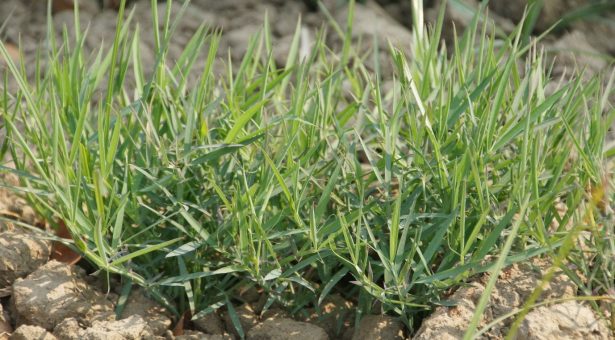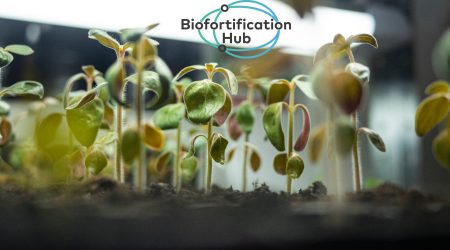Grass roots research will help develop new energy crops

The John Innes Centre has recently entered into a partnership with the US Dept of Agriculture (USDA) and Department of Energy (DOE) to study the genome of the grass Brachypodium as part of the Joint Genome Institute’s Community Sequencing Programme.
The genetic information from this project will be used as a template for analysing the much larger and more complex genomes of wheat and barley which will accelerate progress towards improving food production and help develop sustainable production of biofuel from grass crops.
Brachypodium distachyon, commonly known as Purple False Brome, is a close relative of wheat, barley and forage grasses. Its small size, rapid growth time and small genome size make it an ideal plant model for the in-depth study of temperate grasses such as wheat and barley.
The scientists, led by Professor Michael Bevan and Professor John Snape, aim to generate a “map” or rough outline of the Brachypodium genome. This will then be used by the DOE scientists to assemble and analyse the vast amount of DNA sequence data. It can then be used to identify important genes in food and fuel crops.
This work will help scientists to develop grasses into superior energy crops and to improve grain crops and forage grasses that are the foundations of our food supply.
“Our collaboration with the DOE and USDA laboratories provides an important new foundation for understanding and using members of the grass family for food and fuel”, says Mike Bevan, Head of the Cell and Developmental Biology Department at the John Innes Centre.
“The Brachypodium genome sequence will accelerate progress in developing new generations of crop plants and lead to new approaches to increase biomass productivity for energy production and as a chemical feedstock. This work will be an important contribution to developing a sustainable energy economy”.
Work will start in late 2007 and the 300 mega-base genome should be completed towards the end of 2008.
All of the data will be placed in the public domain so scientists worldwide can benefit from this useful resource.



